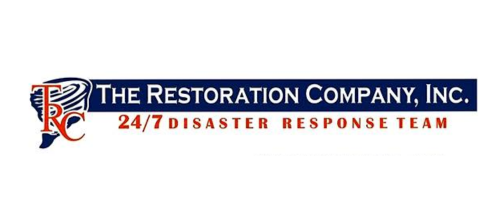Does Insurance Cover Crime Scene Cleanup? What Homeowners Need to Know
After a violent crime occurs on your property, the last thing you want to worry about is paying thousands of dollars for professional cleanup. But does your insurance policy actually cover these unexpected expenses?
The answer isn’t straightforward, and it depends on several factors that could significantly impact your financial responsibility.
Homeowners Insurance: Often Covers More Than You Think
Most standard homeowners insurance policies do provide coverage for crime scene cleanup, though it’s typically buried in the fine print under “additional living expenses” or “loss of use” coverage.
Common coverage scenarios include:
- Blood and bodily fluid cleanup after violent crimes
- Property damage from break-ins requiring biohazard remediation
- Restoration costs after police investigations conclude
- Temporary relocation expenses while cleanup occurs
Your policy might cover anywhere from $10,000 to $100,000 in cleanup costs, depending on your coverage limits and the specific circumstances of the incident.
Renters Insurance: Protection for Tenants Too
Renters insurance policies often include similar protections, though coverage amounts tend to be lower than homeowners policies. If a crime occurs in your rental unit, your renters insurance may cover:
- Personal property contaminated during the incident
- Temporary housing while the unit undergoes professional cleaning
- Additional living expenses during the cleanup period
The Coverage Depends on Crime Type
Insurance companies evaluate claims based on the specific circumstances of each incident. Coverage typically applies when:
Covered situations:
- Random violent crimes with no policyholder involvement
- Break-ins resulting in biohazard contamination
- Incidents where the policyholder was clearly a victim
- Crimes committed by strangers or acquaintances
Potentially excluded situations:
- Crimes committed by household members
- Drug-related incidents on the property
- Intentional acts by the policyholder
- Criminal activity the policyholder participated in
Key Policy Exclusions to Watch For
Insurance policies contain specific exclusions that could deny your claim. Common exclusions include:
Criminal acts by residents: If someone living in your home commits the crime, coverage might be denied Illegal activity: Drug manufacturing or distribution on your property typically voids coverage War or terrorism: Some policies exclude these specific types of violence Intentional damage: If you contributed to or caused the incident, coverage won’t apply
Filing Your Claim: Timing and Documentation Matter
Success with insurance claims often depends on how quickly and thoroughly you document the situation.
Essential steps for filing:
- Contact your insurance company within 24-48 hours of the incident
- Avoid disturbing the scene until law enforcement gives clearance
- Take extensive photos before any cleanup begins
- Keep detailed records of all communications with police and insurance
- Get written estimates from certified biohazard cleanup companies
Coverage Amounts: What to Realistically Expect
Most policies don’t specify exact amounts for crime scene cleanup, instead incorporating these costs under broader categories:
Additional living expenses coverage typically provides 10-30% of your dwelling coverage amount. If your home is insured for $300,000, you might have $30,000-$90,000 available for temporary housing and cleanup combined.
Personal property coverage might help replace contaminated belongings, usually covering 50-70% of your dwelling amount.
When Insurance Falls Short
Even with coverage, you might face gaps that require alternative funding sources:
High deductibles can leave you paying $1,000-$5,000 out of pocket before insurance kicks in Coverage limits might not fully cover extensive cleanup jobs exceeding $25,000 Exclusions could deny your claim entirely based on specific circumstances
Victims’ Compensation as Backup Protection
When insurance doesn’t cover everything, state victims’ compensation programs often fill the gaps. These programs typically provide:
- Up to $1,000-$10,000 for cleanup costs (varies by state)
- Coverage even when insurance denies claims
- Assistance for low-income families facing financial hardship
- Help with related expenses like temporary housing
Making Sure You’re Protected
Review your current policy to understand your specific coverage limits and exclusions. Consider these protective measures:
Policy review questions to ask your agent:
- What’s my exact coverage amount for additional living expenses?
- Are there specific exclusions for violent crimes?
- How quickly must I file a claim after an incident?
- Do I need additional coverage for higher-value properties?
Consider umbrella insurance if your property value or assets exceed standard policy limits. These policies provide additional liability and coverage protection that could prove valuable in extreme situations.
The Reality Check
While most homeowners and renters insurance policies do cover crime scene cleanup costs, the extent of coverage varies dramatically between companies and policy types. The key lies in understanding your specific policy details before you need them.
Don’t wait until tragedy strikes to discover gaps in your coverage. A quick conversation with your insurance agent today could save you thousands of dollars and significant stress during an already difficult time.
Contact your insurance company to clarify your coverage limits and consider whether additional protection makes sense for your situation.

